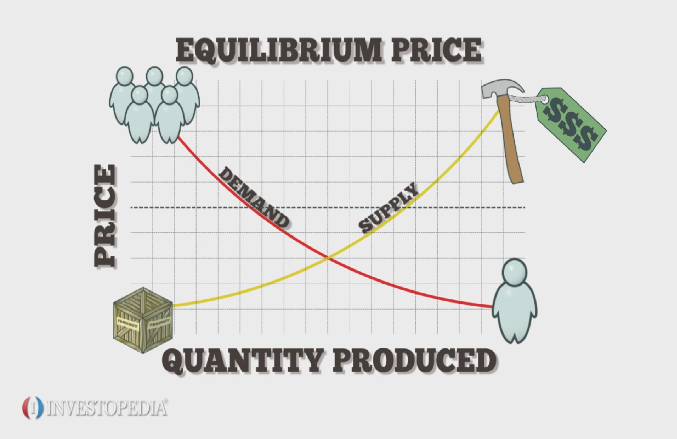Revenue is the amount of money a company brings in from the goods and/or services it sells. Many analysts use the term "sales" and "revenue" interchangeably. Companies usually calculate and report revenue for a quarter or a year. Barbara owns a bakery. She earns revenue from the sales of cakes, cupcakes, cookies, and other desserts. In the first quarter, she sold 1,250 cakes at $40 each, 10,000 cupcakes at $4 each, 10,000 cookies at $2 each, and $50,000 of other assorted baked goods. Her total revenue for the first quarter is $150,000. Based on this number alone, it would appear that Barbara’s bakery is very successful. However, revenue alone doesn’t provide a complete picture of a company’s finances. We also need to know how much Barbara spent on supplies ($20,000); how much she paid her employees ($40,000); how much she spent on rent and utilities ($20,000); how much interest she paid on any business loans ($8,000); and how much she expects to owe in taxes for the quarter ($22,000). With her total expenses equaling $110,000, Barbara has $40,000 left over - her profit. But if her expenses totaled $200,000, that $150,000 revenue would be insufficient, leaving her with a $50,000 loss for the quarter. Thus, revenue is important, but it must be analyzed with expenses to provide a meaningful look at a company.





